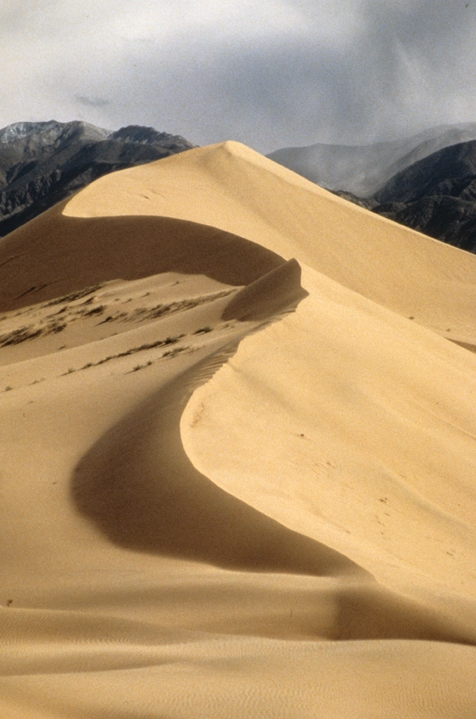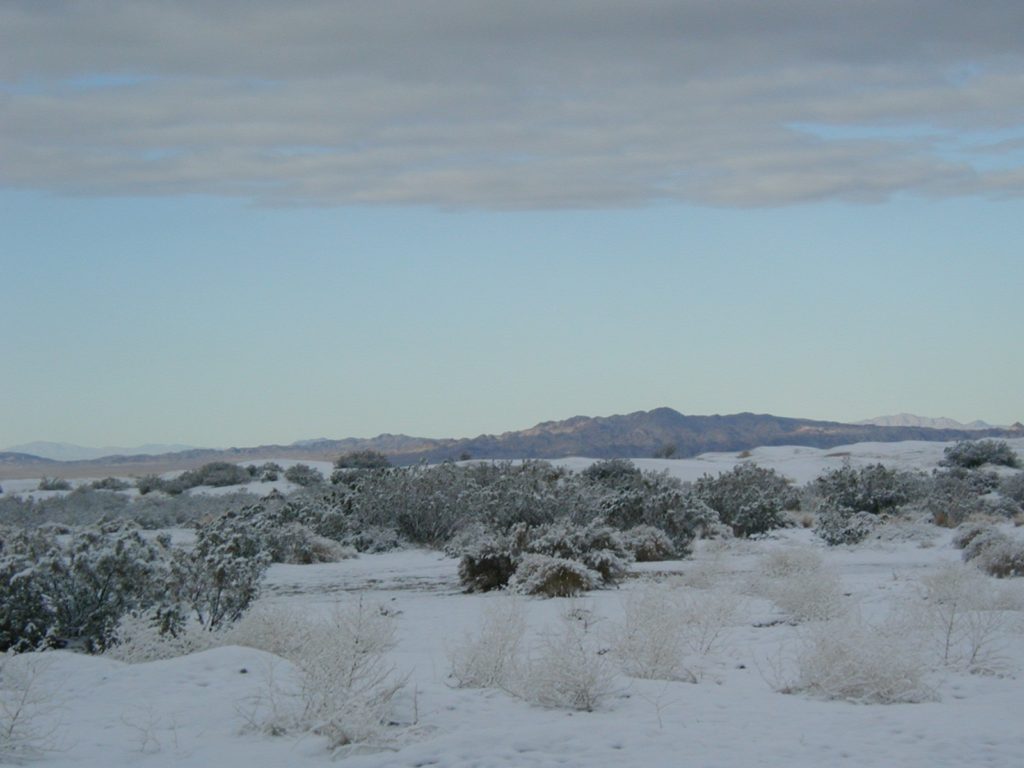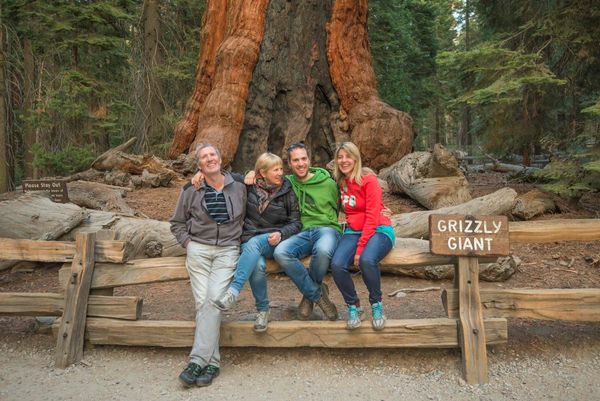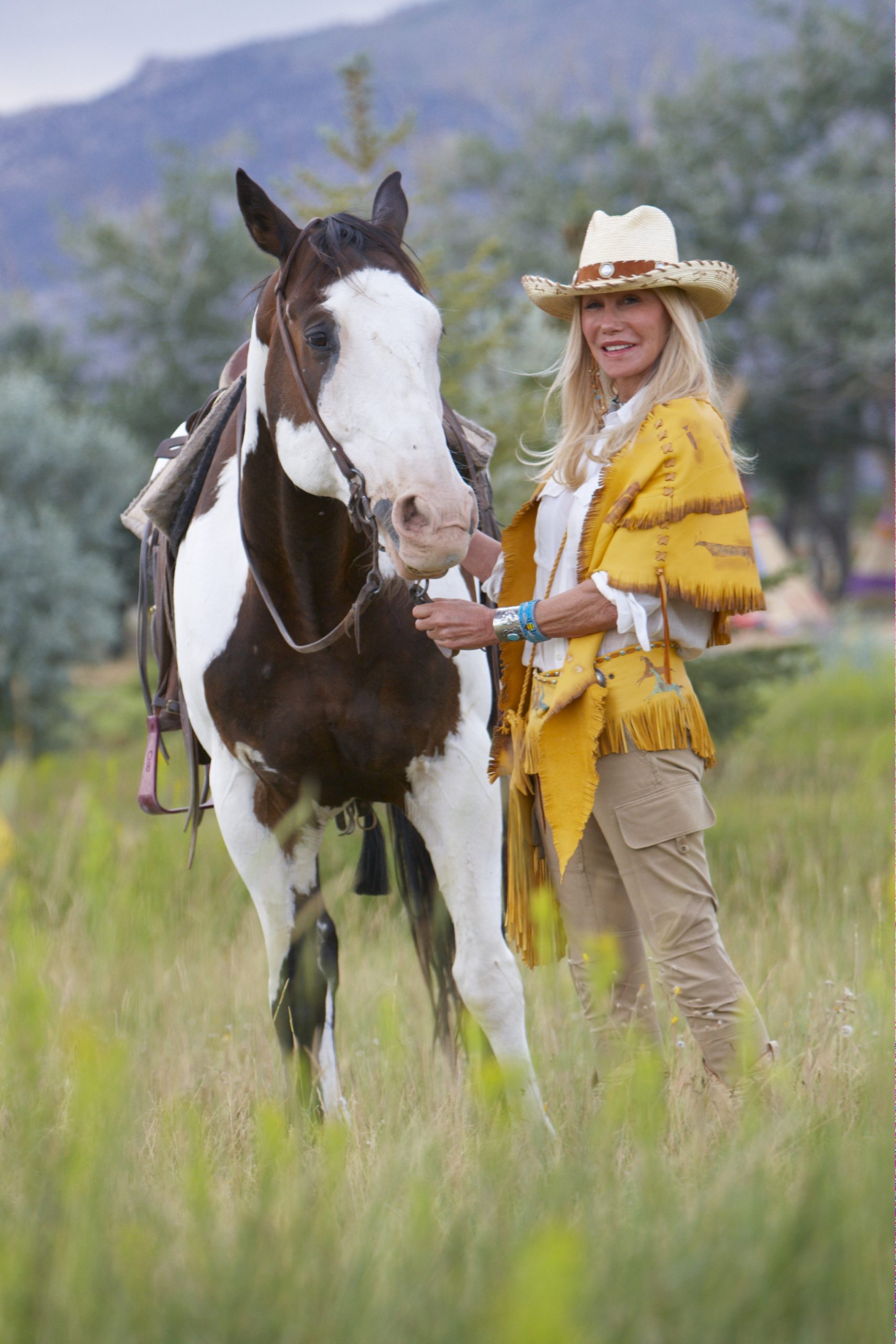The Coastal Sand Dunes
Guadalupe-Nipomo Dunes
These dunes on California’s scenic central coast are the second largest in the state, spreading from Santa Barbara County to Pismo Beach in San Luis Obispo County. At Rancho Guadalupe Dunes County Park in the hidden town of Guadalupe near Santa Maria, a paved road leads to the Rancho Guadalupe Dunes Preserve. Far less crowded and much more serene than its Pismo Beach counterpart, these dunes host the Dunes Center, dedicated to natural and coastal history of the 18-mile-long dunes preserve. The Center is a good first stop for exploration with exhibits, art and an itinerary of guided tours. Although natural treasures abound within these dunes, it is the cinematic history that might be even more fascinating. It was here that Cecil B. DeMille’s 1923 epic silent movie, “The Ten Commandments,” was partially filmed. Archaeologists, historians and film buffs have been combing the sands that still hold the dissolving plastic-and-clay set that was dumped into trenches and buried by sandstorms decades ago. In 1983, a group of determined film buffs–inspired by a cryptic clue in DeMille’s posthumously published autobiography–located some of the remains of the set, however, in late 2017 a perfectly intact 300-pound plaster sphinx head was unearthed by archaeologists excavating the Cecil B. DeMille filming site. In all, 21 sphinxes graced the immense movie set; today, only a fraction of the treasures have been uncovered.

At the west end of Los Angeles International Airport (LAX), is a surprising sand dune find, The LAX El Segundo Dunes Preserve. The largest dunes complex on Southern California’s coast, it once extended from Palos Verdes to Santa Monica and is thought to have existed some 50,000 years ago. In fact, bones of an extinct member of the camel family have been discovered here. Today, the preserve consists of about 300 acres, providing protected wildlife habitat for more than 900 species of native animals and plants that once seemed destined for extinction – including the delicate, endangered El Segundo Blue Butterfly. Not only can you visit the dunes, you can get involved in its future with the LAX Adopt-a-Dune Program; volunteers are needed to help care for this natural environment by removing invasive plants.
The Desert’s Sand Dunes
The sand dunes in the Mojave Desert hold the mystery and wonder of their creation many thousands of years ago. Although the landscape of the California desert is filled with unique natural wonders—none are more fascinating than the rippled, towering sand dunes that reveal the prints of nocturnal desert creatures upon daylight and glisten at night under a brilliant moon. These ever-shifting formations can rise high above the desert floor and appear desolate, but look closely at what treasures they hold, from desert flowers to sands that seem to wail in the wind. (Photos courtesy NPS)
Eureka Sand Dunes, Death Valley
The Eureka Sand Dunes, one of the newest additions to Death Valley National Park, are the tallest sand dunes in California. Rising more than 680 feet above the dry lakebed in remote Eureka Valley, the dunes lie in an enclosed basin at the 3,000-foot elevation adjacent to the even more towering Last Chance Mountains. The walk to the summit through the loose and slippery sand beneath your feet can be strenuous, but the vistas from the top are worth the effort. However, if the sands are dry (they aren’t always dry), you are in for a real treat. When sand spills down the steepest face of the dunes, a sound like a pipe organ may be heard. No one knows exactly why, but it may have something to do with friction. Thought to be 10,000 years old, the Eureka Sand Dunes receive more rainfall than others in this location near a mountain range, making it a special habitat for species of plants and animals that only live here, among them the Eureka Dunes Evening Primrose—a large, night-blooming flower.

Mesquite Flat Dunes, Death Valley
Mesquite Flat Dunes are the best known and easiest to visit in Death Valley National Park. They are also the only dunes in the park to allow sandboarding. Located in central Death Valley near Stovepipe Wells, access is from Hwy. 190 or from the unpaved Sand Dunes Road. Although the highest dune rises only about 100 feet, Mesquite Flat Dunes actually cover a vast area. You will actually get to view three types of dunes here: crescent, linear and star shaped. Moon-like, polygon-cracked clay of an ancient lakebed forms the floor of the dunes, and mesquite trees offer habitats for wildlife.

Saline Valley Dunes, Death Valley
You may notice these dunes that ripple us to the edge of salt flats at first. Although covering a vast area, they are some of the lowest dunes in the park and difficult to reach. The long, rigorous drive into Saline Valley and adjacent Inyo Mountains can be limited when snows and flash floods threaten, as well.
Also not easy to reach are the Panamint Dunes. Unlike other dunes in the National Park, these star-shaped dunes are not situated on the valley floor, but rather perched on a slope that grants amazing vistas down valley. You can view the dunes traveling crossing the Panamint Valley on Hwy. 190, but to reach them, you need to drive 5 miles down an unmarked dirt road leading past Lake Hill, then hike cross country 3 miles.

Home to the Mojave fringe-toed lizard, the Ibex Dunes are blocked from view by desert hills from the paved roads of Saratoga Springs. Interestingly, an old talc mine at the base of Saddle Peak Hills overlooks the dunes. To reach the Ibex Dunes, you’ll need to hike a mile from Saratoga Springs Road.

Kelso Dunes, Mojave National Preserve
Winds that carry sand from Soda Dry Lake, the Mojave Rive Sink and the Devil’s Playground to the base of the Granite Mountains have created Kelso Dunes. Rising up to 700 feet and covering 45 miles of glistening rose quartz and feldspar, the dunes are the largest in the Mojave National Preserve. These shifting dunes, like Eureka, are known for their “singing” as hikers climb to the top and slide slowly down. Over the past few thousand years, plants such as the evening primrose and ricegrass have covered and stabilized areas once only covered by drifting sand. As you explore the dunes look for tracks left behind by the many creatures that call these dunes home, such as the sidewinder, kit foxes and Mojave fringe-toed lizard.

Find more secret discoveries in Southern California in SECRET SOUTHERN CALIFORNIA!



